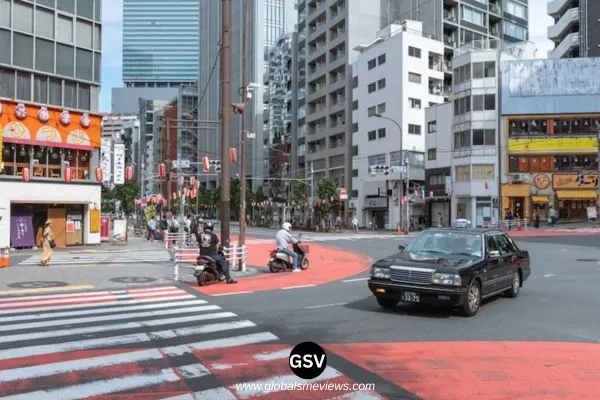The joint study conducted by the researchers at Missouri University of Science and Technology, USA; and King Abdullah University of Science and Technology, Thuwal, Saudi Arabia, seek answers on how state-of-the-art technologies, especially 3D LiDAR sensors and the Internet of Things, can contribute to enhancing urban safety and improving public health. The new framework has developed for monitoring pedestrian activities in city traffic and then detecting abnormal behavior.
The proposed method consists of three main stages. Firstly, data are collected and annotated very carefully using LiDAR to get 3D traffic scenes. In the second stage, a modified PV-RCNN is used for 3D object detection-more specifically, vehicles and pedestrians are detected with great accuracy. Finally, PointNet is employed for classifying pedestrian activity into two classes, namely, 'Normal' and 'Abnormal', thus helpful in understanding pedestrian actions and enhancing urban safety.
They collect the data through LiDAR sensors attached to urban infrastructures such as traffic lights and street lamps for detailed 3D point cloud data to distinguish normal and abnormal pedestrian activities. To get the data of abnormal behaviors such as falling is very difficult and dangerous; hence, the researchers ran a realistic traffic simulator using Blender for realistic scenarios to generate a good dataset.
In this research, the PV-RCNN model adapted therein has used such attributes as 3D coordinates and intensity to improve the precision of object detection, while a PointNet model accurately classifies pedestrian behaviors, with high rates of precision and recall.
The superior performance of the PV-RCNN over the SECOND model in detecting pedestrians and vehicles is presented in evaluation metrics such as AP, Recall, Precision, and F1-Score. Excellent results were obtained in classifying pedestrians' behavior with the PointNet model; it is recommended to use this model in improving urban safety by implementing behavior-oriented analysis.
The study proposes a framework for using 3D LiDAR-based point cloud data in monitoring and classifying pedestrian activities. This ensures safer and healthier urban environments due to advanced technological integration.

